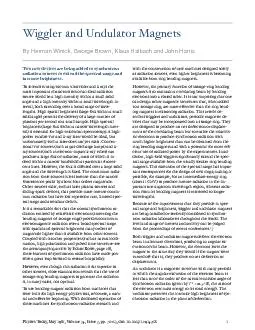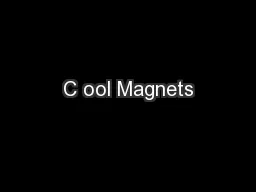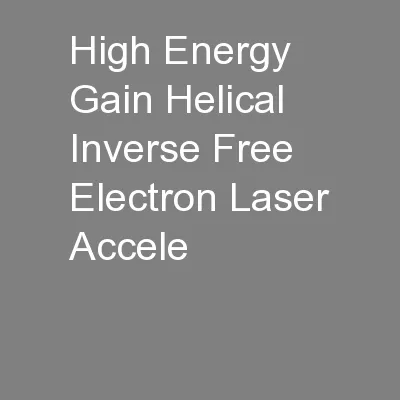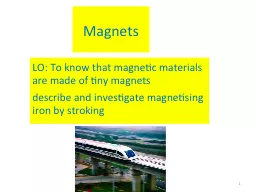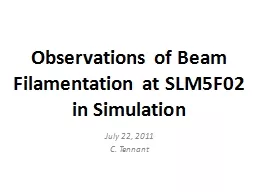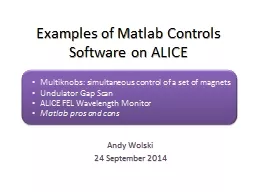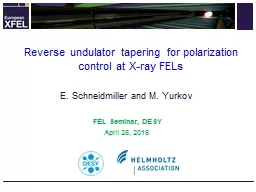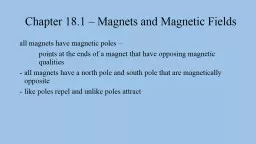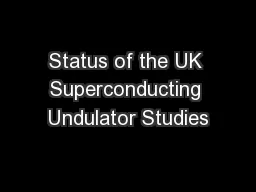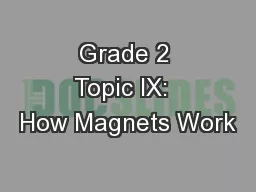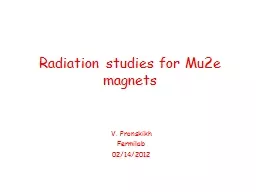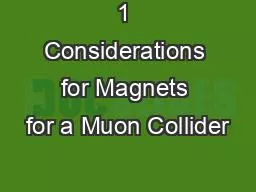PDF-Wiggler and Undulator Magnets
Author : ellena-manuel | Published Date : 2015-12-07
Two new devices are being added to synchrotron radiation sources to extend the spectral range and increase brightness To scientists using vacuum ultraviolet and
Presentation Embed Code
Download Presentation
Download Presentation The PPT/PDF document "Wiggler and Undulator Magnets" is the property of its rightful owner. Permission is granted to download and print the materials on this website for personal, non-commercial use only, and to display it on your personal computer provided you do not modify the materials and that you retain all copyright notices contained in the materials. By downloading content from our website, you accept the terms of this agreement.
Wiggler and Undulator Magnets: Transcript
Download Rules Of Document
"Wiggler and Undulator Magnets"The content belongs to its owner. You may download and print it for personal use, without modification, and keep all copyright notices. By downloading, you agree to these terms.
Related Documents

